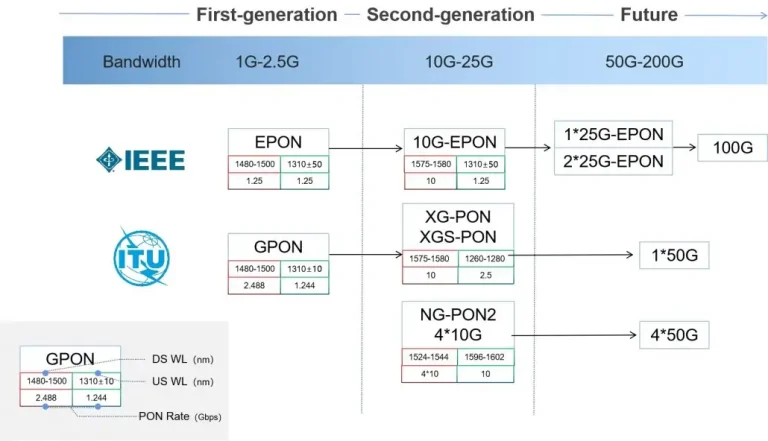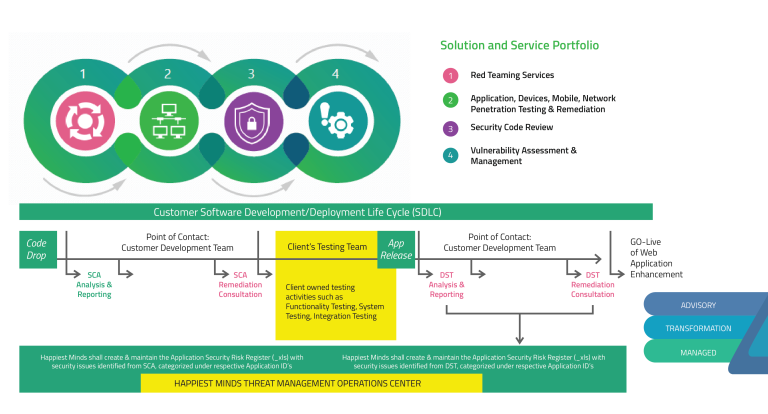V2V Virtual-to-Virtual: Transforming Digital Interaction in Smart Mobility
telcomatraining.com – The evolution of smart mobility has seen rapid advancements, with Vehicle-to-Vehicle (V2V) communication playing a pivotal role in enhancing transportation systems. Traditionally, V2V communication focuses on direct physical interactions between vehicles to improve safety and efficiency. However, a new paradigm is emerging: V2V Virtual-to-Virtual (V2V-V) communication. This concept leverages digital interaction between virtual models of vehicles, revolutionizing smart mobility by enabling better predictive analytics, enhanced simulations, and improved decision-making processes.
Understanding V2V Virtual-to-Virtual Communication
V2V Virtual-to-Virtual communication refers to the exchange of data between digital twins of vehicles. Digital twins are virtual replicas that continuously receive real-time data from their physical counterparts. This technology enables vehicles to anticipate potential scenarios, test different strategies, and enhance autonomous driving algorithms without real-world risks.
By utilizing V2V-V, vehicles can share predictive data, including:
- Traffic Flow Predictions – Real-time updates on road congestion based on vehicle movement patterns.
- Accident Prevention Measures – Simulations of potential collisions to refine response mechanisms.
- Energy Optimization – Enhancing fuel efficiency and battery management through predictive modeling.
- AI-driven Decision Making – Enabling AI systems to analyze and optimize mobility solutions.
Benefits of V2V Virtual-to-Virtual Communication in Smart Mobility
1. Enhanced Traffic Management
V2V-V allows vehicles to share data in a simulated environment, enabling urban planners and AI-driven traffic systems to make more accurate predictions. By analyzing virtual scenarios, traffic congestion can be minimized, improving overall mobility efficiency.
2. Improved Autonomous Vehicle Performance
Autonomous vehicles (AVs) rely on vast datasets for training. V2V-V provides a risk-free virtual environment where AVs can undergo rigorous testing, reducing the need for physical trials and enhancing safety before deployment on actual roads.
3. Proactive Safety Measures
Traditional V2V systems react to situations in real-time, whereas V2V-V allows for proactive safety solutions. Vehicles can predict potential hazards and take preventive actions, significantly reducing accident rates.
4. Energy Efficiency and Sustainability
Smart mobility must also be energy-efficient. Through digital simulations, V2V-V helps optimize routes, battery usage, and fuel consumption, contributing to sustainable transportation.
5. Cost-Effective Solutions
Testing new transportation policies, vehicle interactions, and emergency response strategies in a virtual setting reduces operational costs. Automakers and city planners can experiment with various models without the financial burden of physical implementation.
Challenges and Considerations
While V2V Virtual-to-Virtual technology offers significant advantages, some challenges must be addressed:
- Data Security and Privacy: As vehicles exchange massive amounts of data, ensuring cybersecurity is paramount to prevent unauthorized access and cyber threats.
- Standardization Issues: Different manufacturers may have varying digital twin architectures, necessitating standardized protocols for seamless interaction.
- Computational Demand: Running real-time simulations requires substantial processing power and cloud infrastructure, demanding robust computational resources.
- Regulatory Compliance: Governments and regulatory bodies must establish frameworks for the ethical and legal use of V2V-V communication.
The Future of V2V Virtual-to-Virtual in Smart Mobility
The adoption of V2V Virtual-to-Virtual technology is expected to grow alongside advancements in artificial intelligence, edge computing, and 5G connectivity. As the transportation industry continues to embrace digital transformation, integrating V2V-V into smart mobility solutions will become a key driver in shaping future urban transportation systems.
Conclusion
V2V Virtual-to-Virtual communication is revolutionizing the way vehicles interact in smart mobility. By enabling advanced predictive analytics, proactive safety measures, and enhanced traffic management, this technology paves the way for a more efficient, sustainable, and safer transportation ecosystem. Despite challenges, the future of V2V-V looks promising, offering immense potential for reshaping the landscape of modern mobility solutions.







